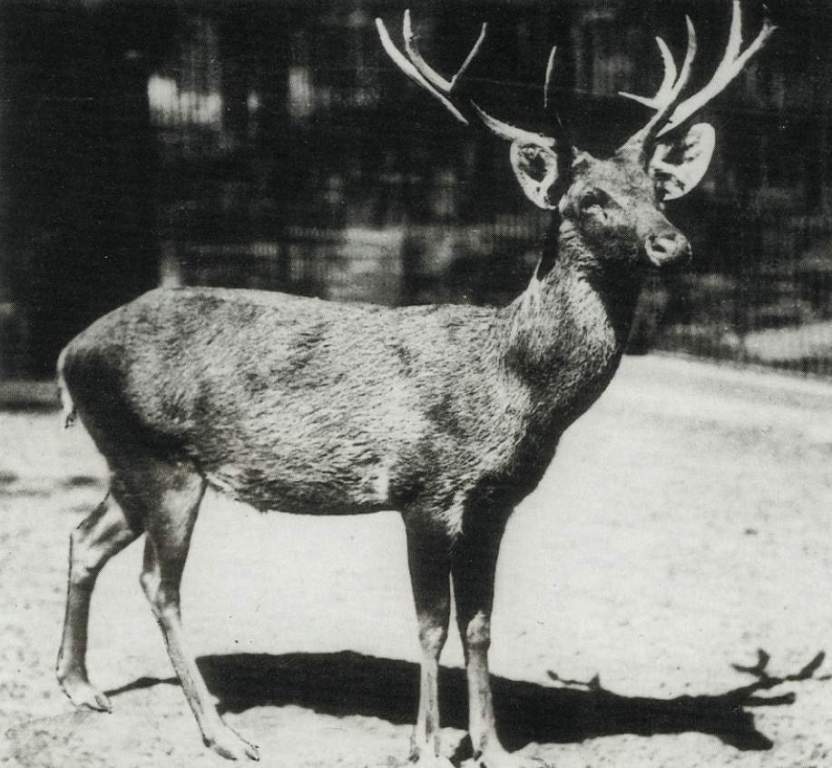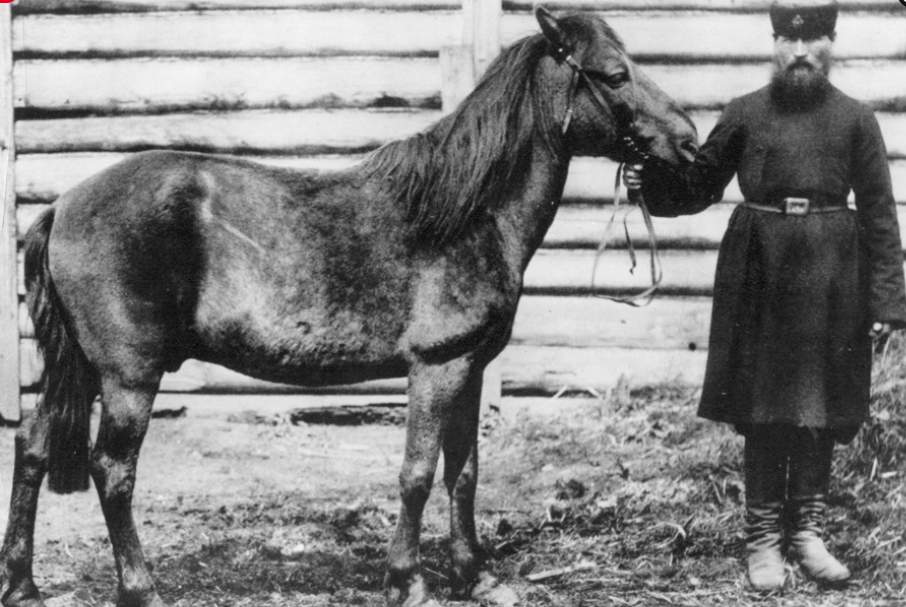The vast Pilbara region in Western Australia was frequently home to an Australian Kelpie nicknamed Red Dog during the 1970s. In the Pilbara community, Red Dog became a beloved mascot and friend through a series of owners and lengthy periods traveling on his own.
Aside from Karratha, Dampier, Roebourne, Point Sampson, Port Hedland, Tom Price, Paraburdoo, Broome, and Perth, the dog walked thousands of kilometers and hitched rides in cars, buses, trucks, and trains.

During his travels, Red Dog met many people who fed and looked after him. Paraburdoo is believed to be the town where Red Dog was born in 1971. Tally Ho was brought to Dampier by Colin Cummings, who named him. A variety of names were given to Red Dog by those who knew him, including Bluey, Tally Ho, and Dog of the Northwest. The nickname “Red Dog” came from the red dirt of the Pilbara region (although red kelpies and heelers are also known as “red dogs”).
Related Reading: Bobbie – The Wonder Dog Walked 2500 Miles in Search of Home
Having been owned by the Dampier Salt Co and Hamersley Iron for two years, Tally Ho became a fixture traveling on the company buses, taking a ride with John Stazzonelli, a Hamersley Iron bus driver. Red Dog was named for Tally Ho’s chocolate color. Also, the red dirt of the Pilbara that he traveled along the highways is said to have given him his most famous name.
After Stazzonelli died in 1975, Red Dog spent a lot of time traveling alone. Other community members accompanied him on visits to Perth, Broome, Roebourne, Point Samson, and Port Hedland. He became a member of the Transport Workers’ Union and the Dampier Salts Sport and Social Club, as well as the Bank of New South Wales, whose slogan was “If Red banks at Wales, you can too.”

Although Red Dog was popular, it is believed he was poisoned in 1979 by strychnine on purpose. The unmarked grave where he was buried is located somewhere in Roebourne, Western Australia. Several people of the Pilbara region wrote anecdotes and poetry after Red’s death, which Nancy Gillespie collected for her 1983 book Red Dog, as did Beverly Duckett for her 1993 book, Red Dog: the Pilbara Wanderer.
Red Dog’s frequent haunt, Dampier, has since been commemorated with a statue. As a result of de Bernieres’ novel, a film adaptation of Red was critically acclaimed. The film was made in Australia and released in August 2011. He was a wanderer; he never stayed in one place for long, so his death should also be a wanderer’s death.
Read More – Grover Krantz and His Dog







